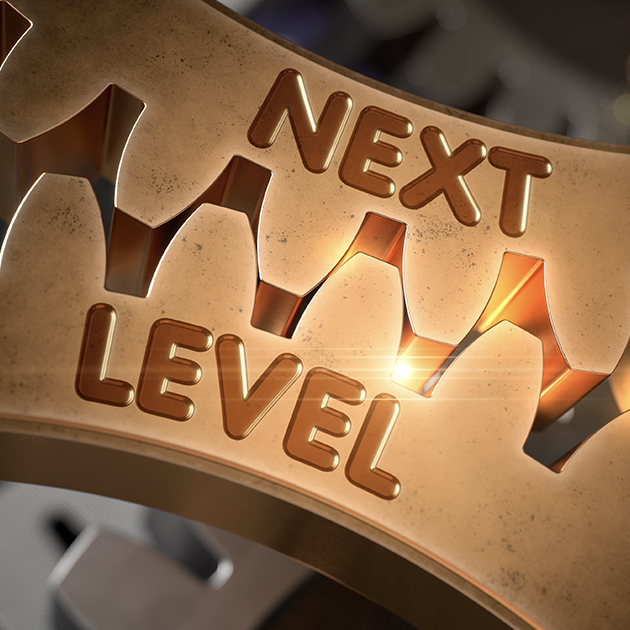Essential Tools Transforming TechEd Classrooms
Advancing Learning Through Hands-On Tech Tools

Technology Education (TechEd) is an interdisciplinary field that integrates technology, engineering, design, and hands-on learning to equip students with essential skills and knowledge for navigating a technologically advanced world. It encompasses a wide spectrum of subjects, including computer science, engineering principles, robotics, digital design, electronics, and manufacturing. TechEd focuses on practical applications, encouraging students to explore, create, problem-solve, and innovate through the use of various technological tools and resources. This educational approach aims to foster critical thinking, creativity, collaboration, and technical proficiency, preparing students to adapt and thrive in an ever-evolving technological landscape.
In the ever-evolving landscape of TechEd, the demand for teaching tools that blend hands-on learning with fundamental competencies is paramount. Here's a look at the latest must-haves poised to revolutionize classrooms while offering optimal value for educators.
Embracing the world of 3D printing means navigating various technologies from leading manufacturers like Stratasys, MakerBot, Ultimaker, and FormLabs. Choosing the right fit for your program hinges on factors such as print size, materials, and user-friendliness. Our top choice, the Stratasys F123 series, offers versatility without the need for specialized expert staffing, making it an all-encompassing solution.
A longstanding cornerstone of TechEd, laser systems capable of cutting and engraving across diverse materials empower students to create acrylic enclosures, cardboard prototypes, or architectural models. The focus remains on fostering creativity and practical skills.
Ideal for classrooms, a comprehensive CNC or router boasts features like full enclosure, CAD/CAM integration, robust warranties, and tailored online training. These elements combine to provide a secure and instructive environment for students to delve into manufacturing techniques.
Enhancing the design and prototyping process, 3D scanners enable students to capture real-world objects and convert them into digital models. Integrating these scanners with 3D printers opens doors to reverse engineering and replicating physical items, fostering a deeper understanding of design concepts.
Elevating the learning experience, kits involving Arduino, rovers, UAVs, and more, offer hands-on applications utilizing C++ programming and cutting-edge open-source robotics. These kits encourage students to engage with technology in practical, real-world contexts.
Simplify the complexities of teaching electronics and electricity with robot arm production cells and programmable electrical kits. The key to an excellent kit lies in its ease of use, comprehensive curriculum, and the availability of additional add-ons to expand learning opportunities.



